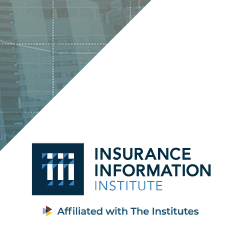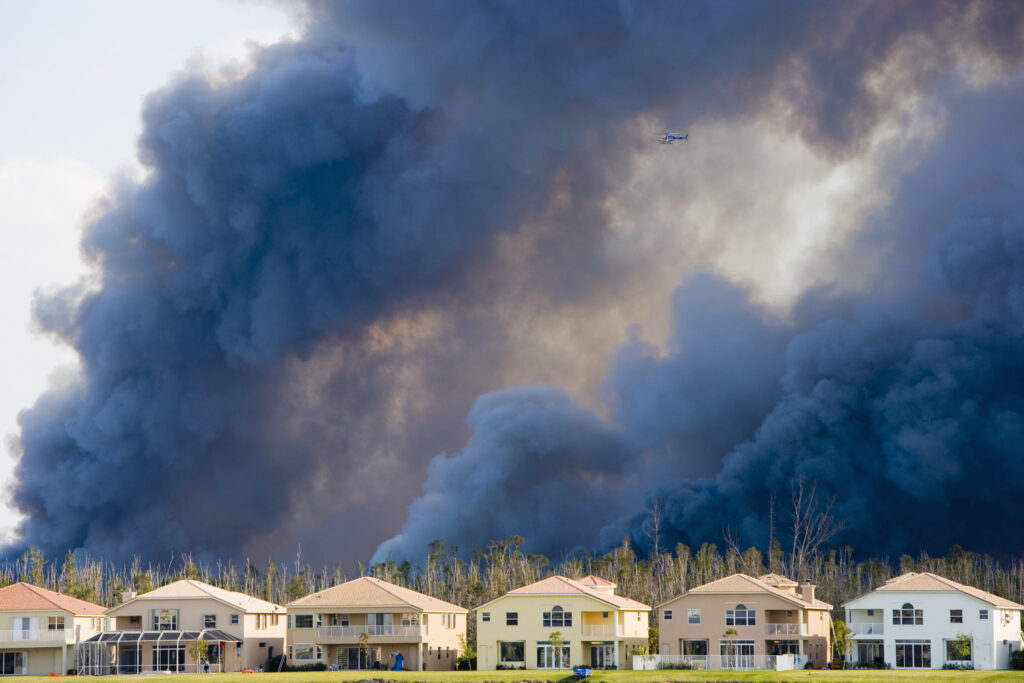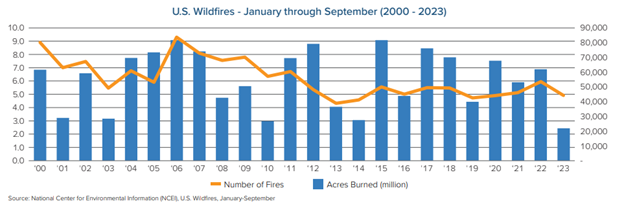
A recently published article, The Fifth Dimension: TPLF and Its Effect on the Judiciary, highlights the ways the rising specter of third-party litigation funding (TPLF) can create unnecessary challenges for the judiciary.
Triple-I has published a great deal regarding the potential impact of TPLF on costs for insurers and policyholders. Bellino’s gaze focused on potential risks for the judiciary:
- Increased judicial workload
- More fraudulent claims
- Longer litigation and slower settlements
- Creation of potential appellate issues
And, like many insurance industry stakeholders, Lisa M. Bellino (VP Claims Judicial & Legislative Affairs for Zurich North America in Philadelphia) is fundamentally concerned about the lack of transparency surrounding TPLF’s involvement in a lawsuit.
TPLF is a growing and costly aspect of legal system abuse, a problem that Triple-I and other industry thought leaders define as policyholder or plaintiff attorney actions that unnecessarily increase the costs and time to settle insurance claims. Qualifying actions can arise, for example, when clients or attorneys draw out litigation in hopes of a larger settlement simply because TPLF investors take such a giant piece of the payout. As there is little transparency around the use of TPLF, insurers and the courts have virtually no leeway in mitigating any of this risk.
TPLF can lead to undue judicial burden and waste.
When judges are unaware of the funding arrangement, they would likely also be in the dark about potential conflicts of interest or improper claims and, therefore, be unable to mitigate these risks. However, Bellino argues that the de facto practice of secrecy can cause judicial waste even in the limited number of jurisdictions and courts that require disclosure. Judges may feel compelled to spend a significant amount of time ascertaining attorney compliance. As funding often involves parties not directly related to the case, the judiciary may need to hold additional hearings and reviews to uncover the real parties in interest. Bellino cites a case in which the real parties were not the named plaintiffs.
TPLF can be a driving factor behind lawsuit generation.
When law firms pursue class action litigation, they may engage “lead generators,” companies that help find plaintiffs for a specific tort. Advertising tactics can include traditional and social media. When prospective claimants respond to these ads, they are directed to a law firm or a call center that distributes the recruited claimants to law firms. This service comes at a steep price – in dollars and justice. As funding may often come from TPLF, Bellino describes how the profit model behind lead generation companies working with law firms can increase the risk of fraudulent claims.
The risk of bogus claims and claimants can surge with TPLF.
Funders of class action litigation have a financial incentive to drive up the number of plaintiffs. As neither the defense nor the judge is typically aware of the third party’s potential conflict of interests, judicial resources can be wasted, and justice can be delayed for legitimate claimants. Bellino cites, among other examples, a New York case to illustrate how litigation funders and attorneys may even collaborate in multi-million dollar fraud schemes.
TPLF funders may encourage drawn-out litigation and hinder settlements
Bellino cites a case highlighting how funders might control litigation and delay resolutions to maximize their returns. A publicly traded TPLF giant allegedly blocked a settlement agreement between a plaintiff and the defendants, resulting in prolonged litigation across multiple jurisdictions. The interference may have led to additional motions, hearings, and opinions, diverting judicial resources from resolving the dispute between the named parties. As a result, costs for the plaintiff, defendant, and the courts likely would’ve soared.
Undisclosed TPLF involvement can spark appellate concerns.
Undisclosed funding agreements can also prevent parties from adequately preparing their cases and preserving appellate issues. For example, a TPLF investor may fund medical testing that leads to recruiting plaintiffs for a class action against a drug manufacturer. If this fact wasn’t disclosed to the defendants or court, at the very least, the defendant wouldn’t have access to information needed for defense or subsequent appeals. Also, the judiciary wouldn’t be able to perform its duty to monitor red flags for potential bias or fraud. It is also possible that the interests of the plaintiff will be affected by other appellate concerns, too.
Increases in litigation and claim costs have threatened the affordability and availability of many areas of insurance coverage. TPLF involvement, like other channels for potential legal system abuse, is nearly impossible to forecast and mitigate. And despite its original intended purpose–to help plaintiffs seek justice– it can extract a disproportionate amount of value from settlements, weakening the primary purpose of a financial payout.
Overall, the shroud of secrecy around TPLF can undermine the legal system, posing threats to unbiased and fair legal outcomes. Bellino strongly advocates for mandatory disclosure of TPLF agreements at the beginning of litigation. A system-wide requirement for early transparency would allow courts and involved parties to address potential conflicts, biases, and fraud early in the process. In her words, “Disclosure may restore reality and close the door on the TPLF Twilight Zone.”
To learn more about how TPLF can impact costs for insurers and policyholders, take a look at our primer, What is third-party litigation funding and how does it affect insurance pricing and affordability? Our issue brief, Legal System Abuse: State of the Risk, can also provide more context on how TPLF fits into social inflation.








